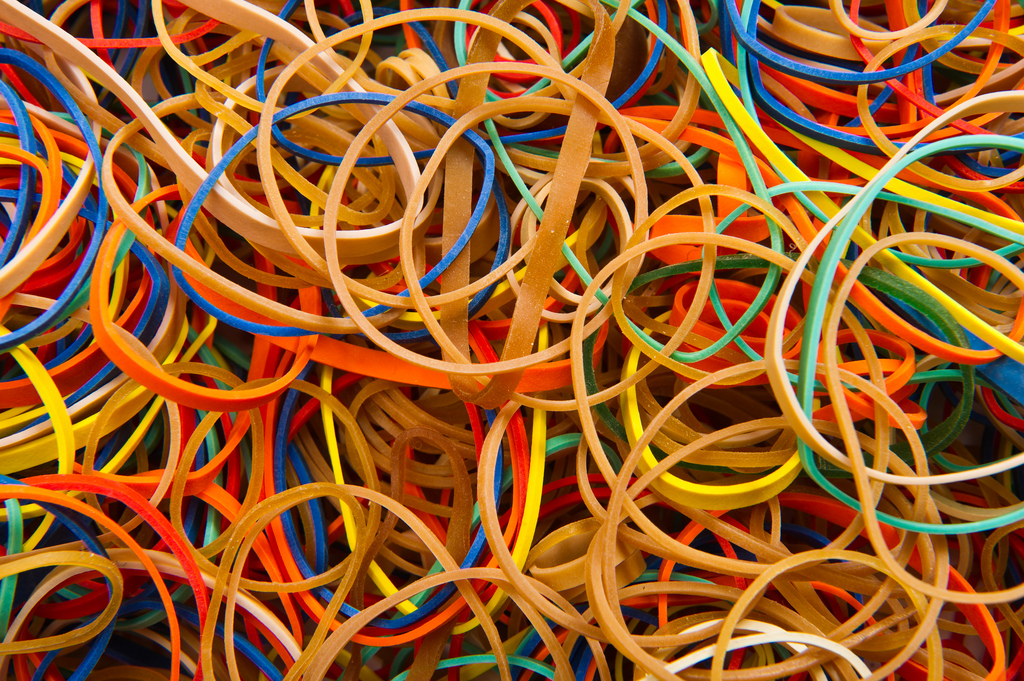In the history of remarkable things, not many discoveries have had as indelible an impact on human history as rubber. It’s the material that insulates the electricity in our homes, makes up the tires on our cars, and allows the conveyor belts of industry to function. But what exactly is rubber?
What is Rubber?
In scientific terms, rubber is an “elastomer”, a class of long-chained, waterproof molecules known as polymers. According to Tiger Industrial, a company that has everything your site needs, elastomers are renowned for their ability to stretch and bend to some degree before returning to how they were before.
Think of how a rubber band stretches when it’s pulled. It grows longer and longer, but the moment it’s let go, it snaps back to its original form. Other elastomers include elastin, a critical protein found in muscles, connective tissues, and the skin.
Rubber occurs naturally in the bark and leaves of rubber-producing trees in the form of a milky latex. This latex is drawn out in much the same way that sap is drawn from maple trees. It was first discovered by native Mesoamerican tribes who tapped the bark of Castilla elastica trees to get it.
They used this natural rubber for many purposes: as an adhesive to glue things together, as a sealant to waterproof their shoes, and as material to make rubber balls.
How is Rubber Made?
Today, the most popular source of naturally occurring rubber is the Hevea brasiliensis tree. Also known as the Para rubber tree,Hevea brasiliensis makes up anywhere from 95% to 98% of all natural rubber sources in the world.
Originally from the Amazon basin, these wild-growing rubber trees were tapped, and their latex was harvested by paid local workers called seringuieros.
After a tree is tapped, the collected latex undergoes a process called coagulation. This process hardens the the latex into a coagulated ball, keeping it in as pure a state as possible before it’s shipped to rubber mills. In the mills, the coagulated latex is washed then strained. From here, it is either shredded or broken into fine bits. These can be extruded, merging them together to make a compound block known as a Technically Specified Rubber. Otherwise, the strained latex is sent to be dried into rubber sheets.
A Purpose for Rubber
In the late 1700s, an English chemist named Joseph Priestley discovered that he could erase pencil marks by rubbing them with rubber. And it’s from this first noted use that the substance got its name. But for decades, the number of potential products remained limited to erasers and imported waterproof shoes.
This remained the case until 1820, when the inventor Thomas Hancock created a machine that could grind and pulp raw rubber down to malleable bits. The masticator not only allowed for old rubber products to be recycled, it also made it possible for them to be molded into new shapes. Soon after, it was discovered that the rubber could be hardened by heating with sulfur. This process was called vulcanization.
According to Tiger Industrial (http://www.tigerindustrialrentals.com), with this new and stronger material came the advent of a new age, one whose far-reaching benefits can be found everywhere today. From the tourniquets on wounded soldiers to the Band-Aids on our fingers, from health-care to our homes, there are so many uses for rubber in our modern world that it has become endless. But one thing is clear: our world wouldn’t be the same without it.
